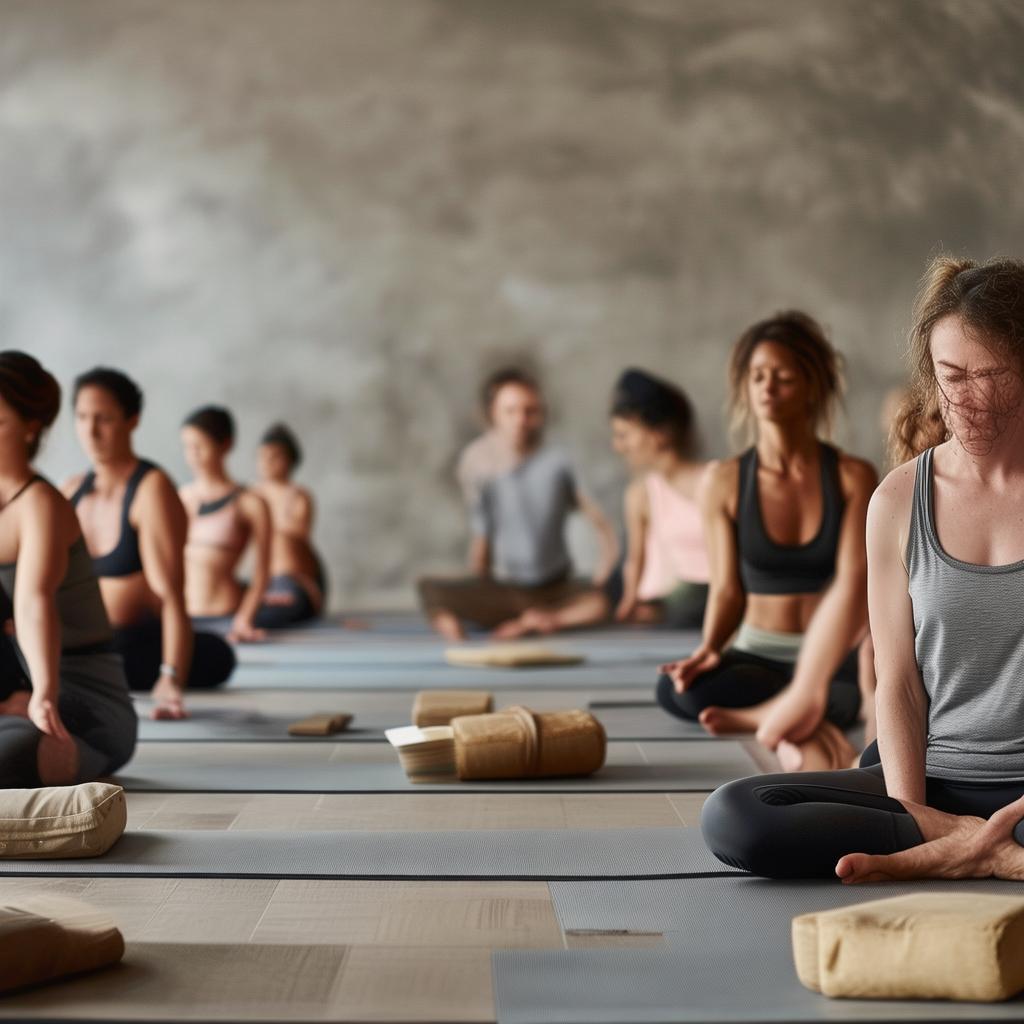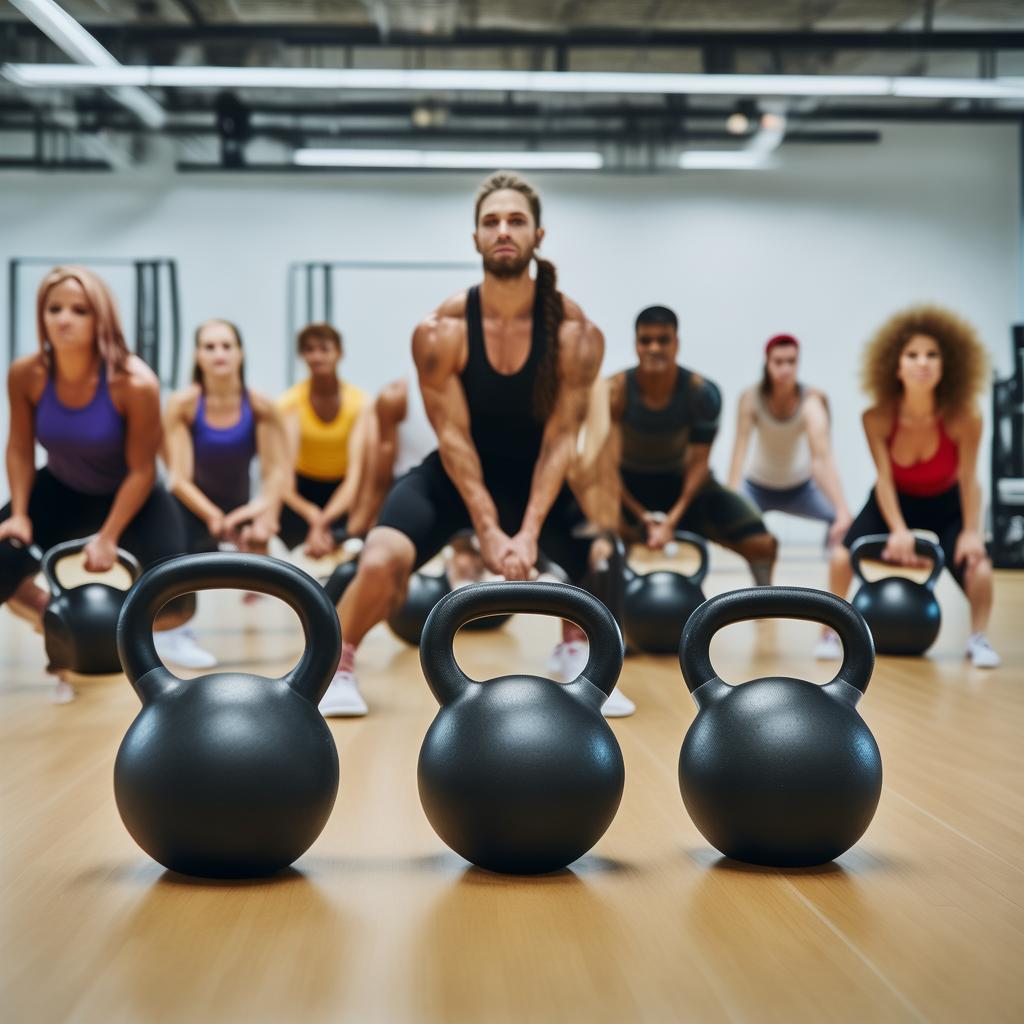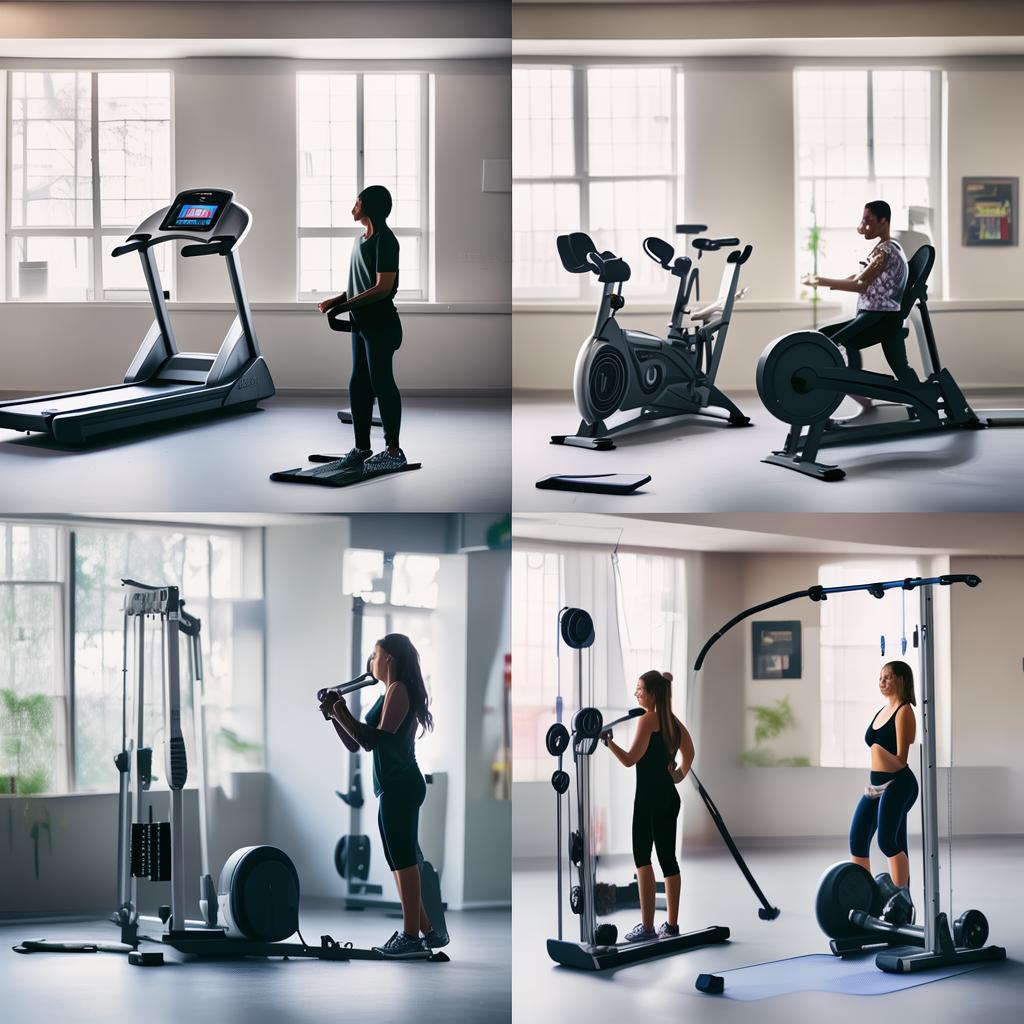Introduction to Yoga Auxiliary Tools
Yoga is a profound practice that offers numerous physical and mental benefits. Whether you’re a novice stepping onto the yoga mat for the first time or a seasoned practitioner looking to deepen your experience, auxiliary tools can play a crucial role. These tools not only make postures more relaxed but also have the power to transform a simple pose into a more challenging or interesting one. Some might be hesitant to use aids, considering it a form of modification, but in reality, they are valuable variations that can greatly enhance your yoga journey and help you better understand your body.
Popular Yoga Auxiliary Tools and Their Uses
Yoga Blocks: These are incredibly versatile. They can be used to “lengthen” your arms or legs, adjusting the distance between your body and the floor. You can also squeeze or push them to activate specific muscles. Additionally, they provide support to body parts for increased comfort and make arm – balancing and inversion postures easier. Yoga blocks come in different thicknesses, typically ranging from 5 to 10 cm. Foam bricks are lightweight and budget – friendly, while wood bricks are more eco – friendly, heavier, and stronger. If you don’t have a yoga block, thick books can be a great substitute. For non – weight – bearing asanas, water bottles, scrap paper, or dumbbells can work. And if you need to activate specific muscles, a rubber ball, folded blanket, or towel can be used instead.
Yoga Strap: This tool is handy for wrapping around limbs that you can’t straighten easily. It helps increase resistance and enables you to “pull” or “squeeze” during poses. Yoga straps are available in various lengths and with different types of fasteners, such as plastic buckles or metal d – rings. Metal d – rings are often easier to tighten and are more environmentally friendly. As replacements, bathrobe ties, belts, jump ropes, and belts can be used.
Blankets: Folding a blanket can be used to elevate parts of the body like the hips or heels, providing extra cushioning and support. They come in different sizes, materials, and thicknesses. Professional yoga blankets are designed to be easily folded to suit common yoga variations. If you don’t have a yoga blanket, large towels, thin sleeping bags, or rolled – up yoga mats can serve as good substitutes.
Pillow Pad: Pillow pads are great for filling spaces and adding cushioning or support to hold your body in place. They come in a wide range of shapes, sizes, and heights. You can replace them with thick pillows, cushions, or thick blankets. Another option is to roll up several blankets and secure them with yoga straps to create a makeshift pillow cushion.
Wall: A wall is an excellent tool for stabilizing the body, especially during inversion postures. If you’re practicing outdoors, a tree can be a suitable substitute for a wall.
Chairs: Chairs can provide support, elevate your hands or feet, and change the symmetry of a pose to stretch and strengthen different muscle groups. They can also act as a stabilizing platform. While there are special yoga chairs available for purchase, a simple folding chair will also do the job. Depending on the yoga pose variation, you can even use a sofa, coffee table, bed, or other sturdy furniture as replacements.
Rolled – up Yoga Mat: Placing a rolled – up yoga mat under the knees can support the body, or you can press into it to activate specific muscle groups. It can also be used to elevate the toes or heels, making a pose either deeper or more accessible. A rolled – up blanket can be used as a substitute for a rolled – up mat.
By understanding and utilizing these common yoga auxiliary tools, you can take your yoga practice to new heights, making it more comfortable, challenging, and enjoyable.





